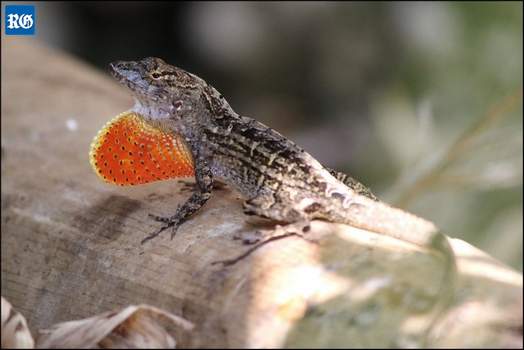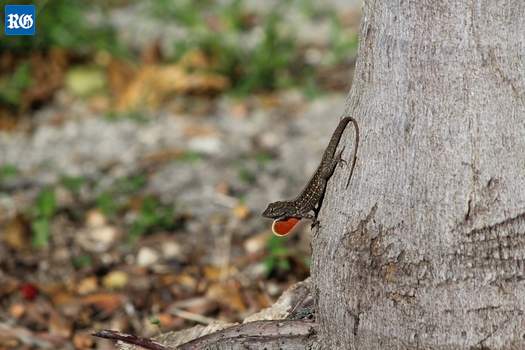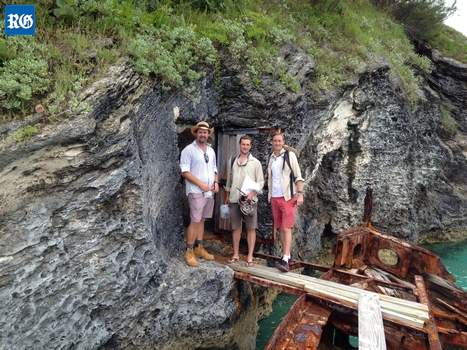Recent News
Bermuda’s coral reefs ‘doing well’ but future is uncertainTuesday, August 10, 2021
Bermuda’s coral reefs could help to protect the island from strengthening storms – if we are able to keep them healthy.
BZS: Kids On The Reef Programme
Wednesday, August 04, 2021
The Bermuda Zoological Society [BZS] recently completed the ninth year of the Kids on the Reef spring programme, “an immersion programme teaching children the significance of marine conservation and the skills of free-diving.
No vaccinations for BAMZ animals, yet
Tuesday, August 03, 2021
The residents of the Bermuda Aquarium Museum and Zoo have not received Covid-19 vaccinations, but that could change as research continues.
Mangrove forest project gets boost from Aspen donation
Tuesday, July 13, 2021
An environmental drive to create a coastal red mangrove forest on Trunk Island has been boosted by a $125,000 donation from Aspen Bermuda.
Support Creation Of Coastal Mangrove Forest
Tuesday, July 13, 2021
The Bermuda Zoological Society [BZS] has received a donation from Aspen Bermuda Limited to support the creation of a “Coastal Red Mangrove Forest” on Trunk Island.
About
GovernanceAbout Us
Newsletter
Latest News
Gift & Bookstore
Contact
General Inquiries
info@bzs.bm
Latest News
All the latest updates and news from the Bermuda Aquarium, Museum, and Zoo, one of Bermuda's leading visitor attractions!
Jonathan Bell
Published Nov 2, 2017 at 8:00 am (Updated Nov 2, 2017 at 6:05 am)

The brown anole lizard in Bermuda (Photograph by James Stroud)
Bermuda’s endangered skinks are soon to cross paths with a thriving invasive species that already outnumbers the entire native population.
James Stroud of Florida International University said the brown anole lizard had been recorded “living in some of the highest densities of any terrestrial vertebrate on Earth”.
Dr Stroud’s report was shared with The Royal Gazette in the wake of an article on the lizard’s spread after the reptiles were spotted around Aberfeldy nursery in Paget.

The brown anole lizard in Bermuda (Photograph by James Stroud)
Other clusters of the foreign lizard were found on the grounds of Belco and a lumber yard at Mill Creek, both in Pembroke.
The report, with Sean Giery from North Carolina State University and Mark Outerbridge from the Department of Environment and Natural Resources, “conservatively” estimated there were 4,000 to 5,000 of the lizards on the island — dwarfing a total skink population of 3,500.

Researchers on Nonsuch Island: from left, Mark Outerbridge of the Department
of Environment and Natural Resources, Sean Giery from the University of Connecticut,
and James Stroud of Florida International University (Photograph supplied)
The two species overlap “substantially” — both lizards prefer to stay on the ground, and eat the same ground-dwelling insects and spiders.
The scientists estimated that contact between the species might occur in less than ten years.
Brown anole numbers appear to reflect “an initial stage of invasion, and prior to exponential growth” — meaning the lizards could become a familiar sight around the island.
The brown anole, which is originally from the Caribbean, has spread around the world — partly because the lizards are popular as pets.


